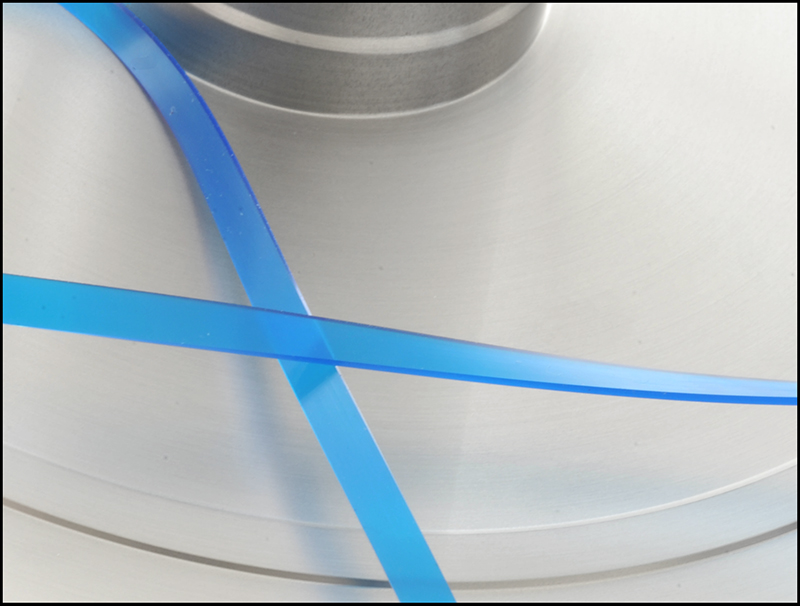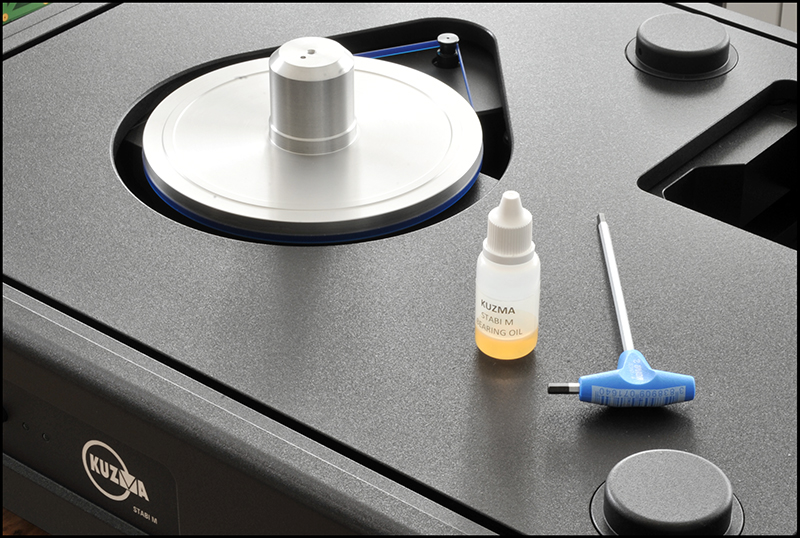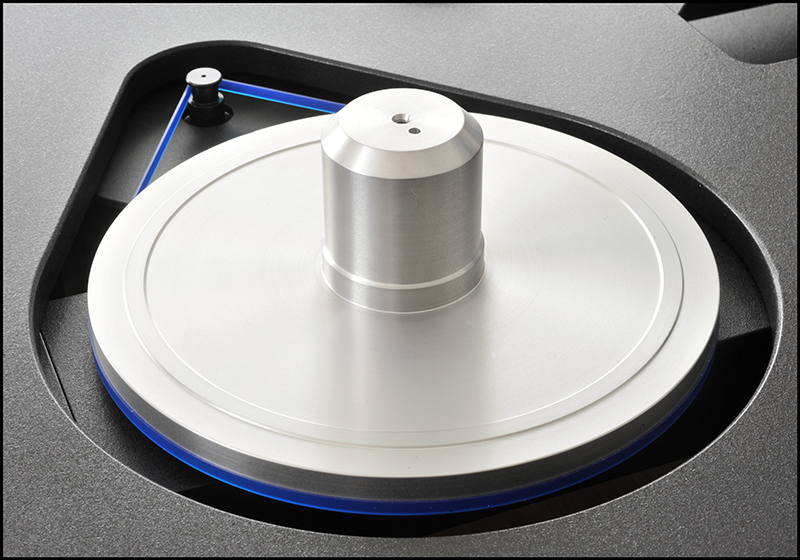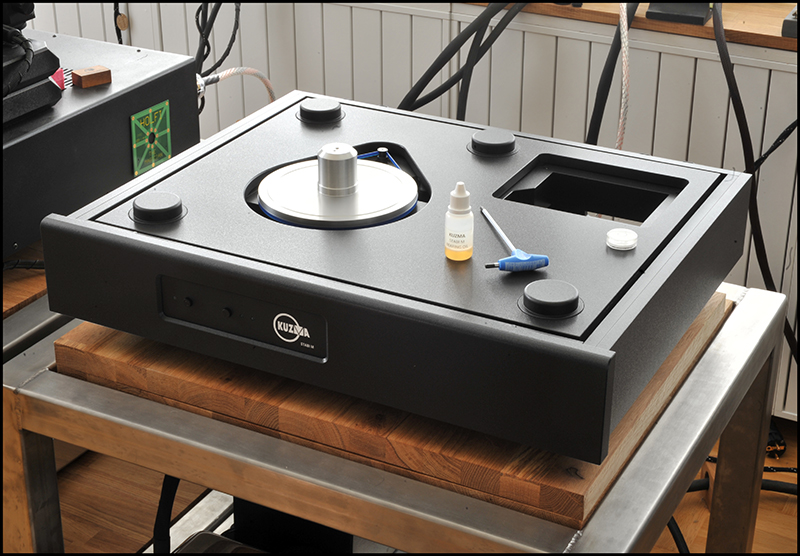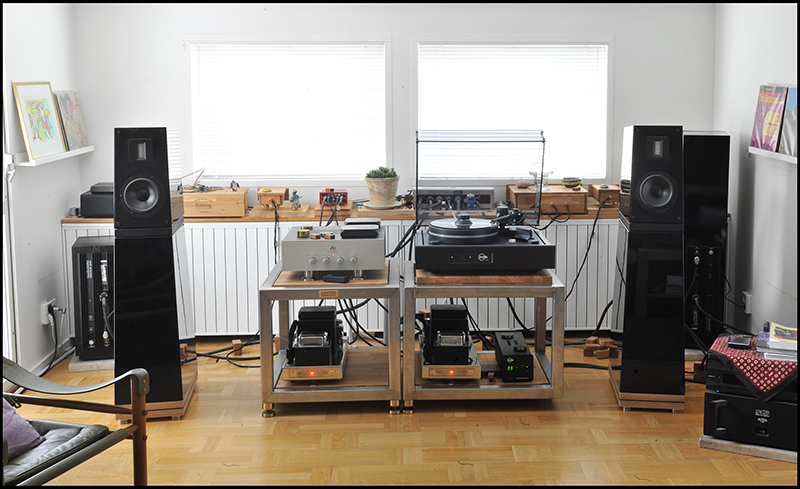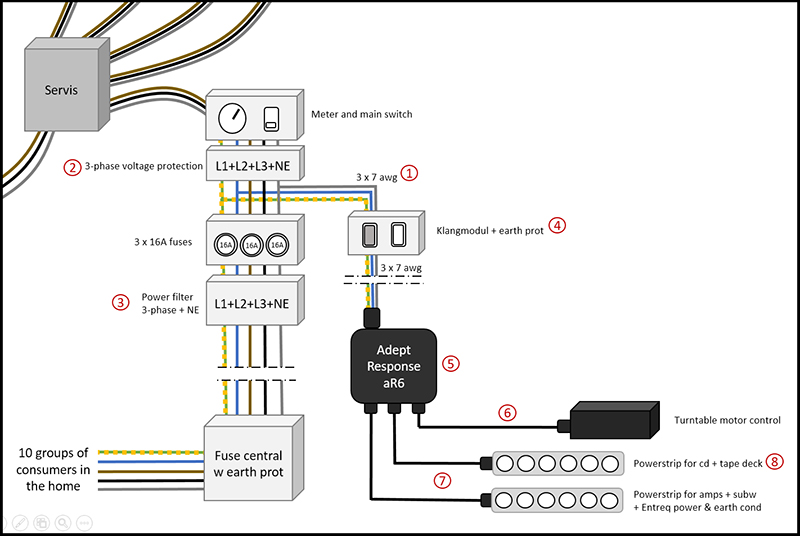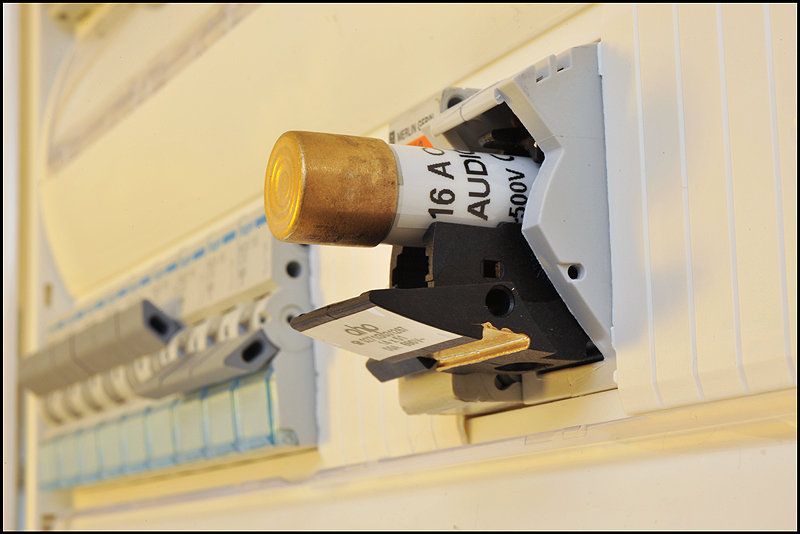- Does it sound also?
- Yes!
I'm a longterm Kuzma user, so my opinions and what I write is strongly colored by that. As I wrote in previous posts, I have been waiting for years on Stabi M.
My previous Stabi Ref is an excellent player, and I prefer it to XL. Sure, XL is a more refined player than Ref, but XL is somehow beyond my limits. Even in terms of cost.
I have heard Stabi S with a 4Point perform near XL for some records, even if it does not reach the level of decoding of bass and complex music. Of course!
Therefore, this waiting.
Stabi M may also seem a bit grotesque/oversized. My electronics and my speakers may well be regarded as normal sized, but next to Stabi M they appear as half scale.
Anyway, it is in the actual operation I feel a difference. The chassis versions of Stabi feels more right to turn records on, I think.
Now I have listened quite a lot, and I think the Stabi M excels XL at least on a few important points. It means quite a lot to me. It clearly has a more direct and detailed reproduction in the presence area. For midrange and midbass it feels like you get as close to the source as possible with vinyl. I actually thought Kleos would be a limitation compared with e.g. Skala, but I can not get myself to hear that. Maybe this will turn out differently, we'll see. Kleos sounds soft and fine and despite an impressive authority it sounds in my ears surprisingly airy and natural. With the connection of Entreq Minimus at the speaker outputs, I got a blacker background, and that was hardly a minus together with Stabi M.
I haven't thought about bottlenecks in my system for a long time, but this revealing piece really remind me of
you haven't heard what you haven't heard.
I'm not really done with the setup of M yet, but it was a long time since I got such an "ear-opening" experience from record to record.
